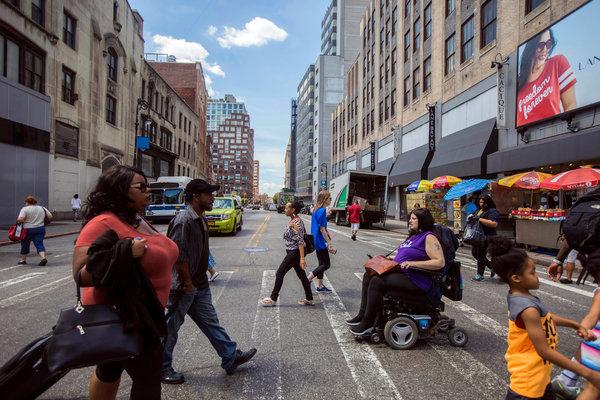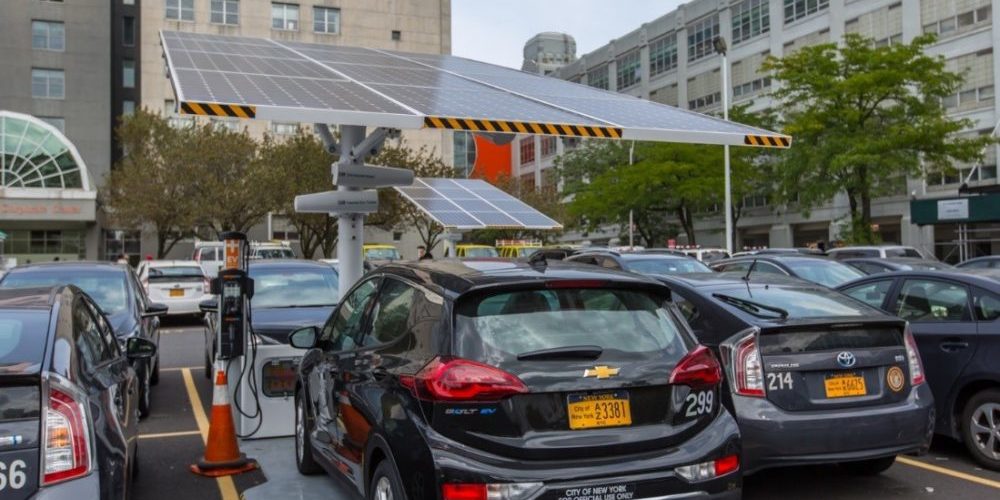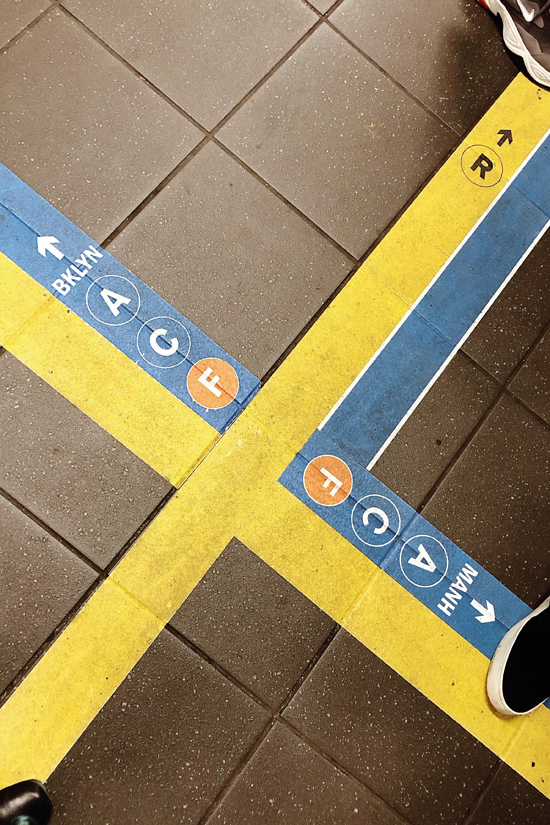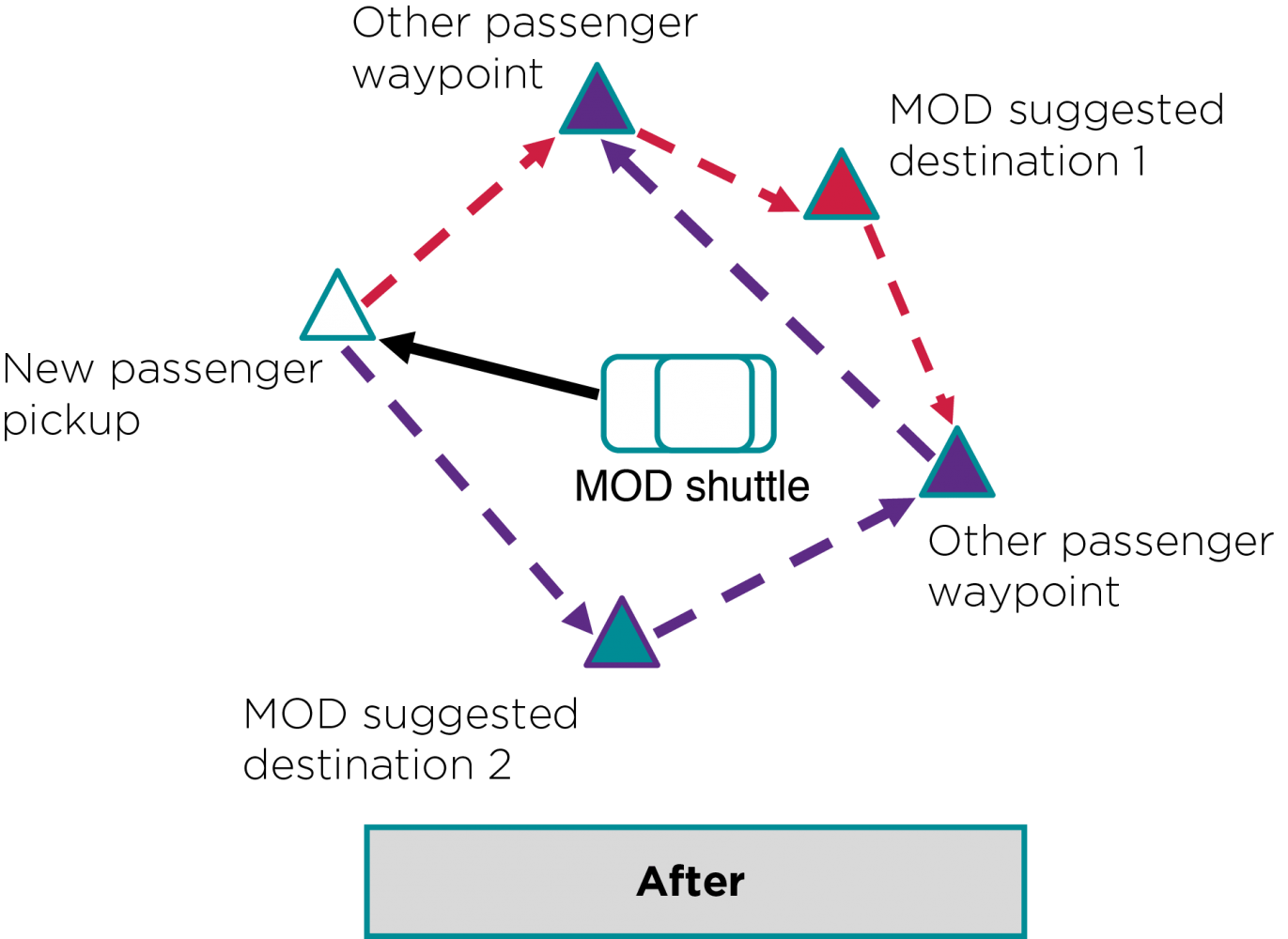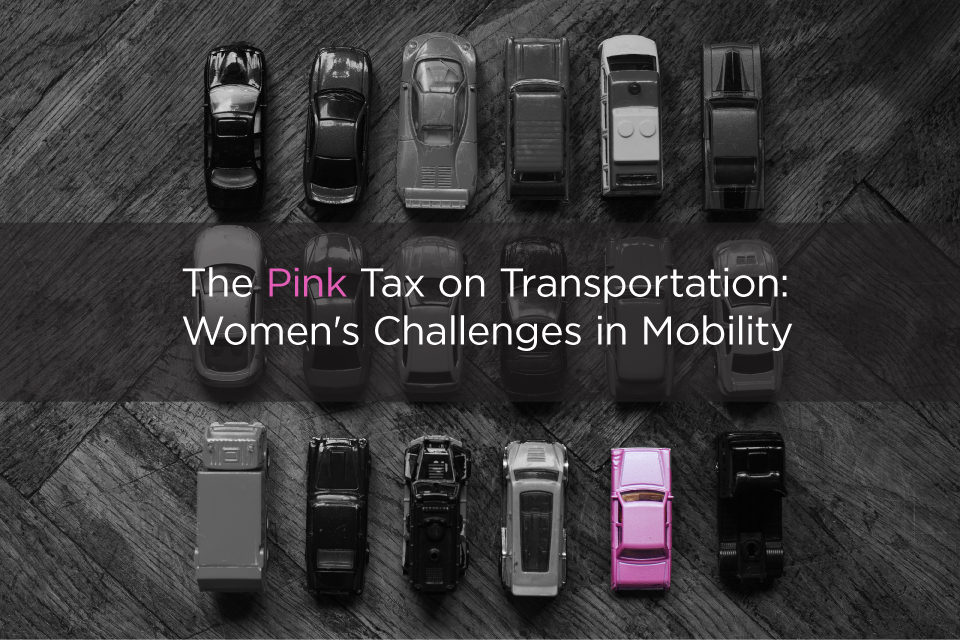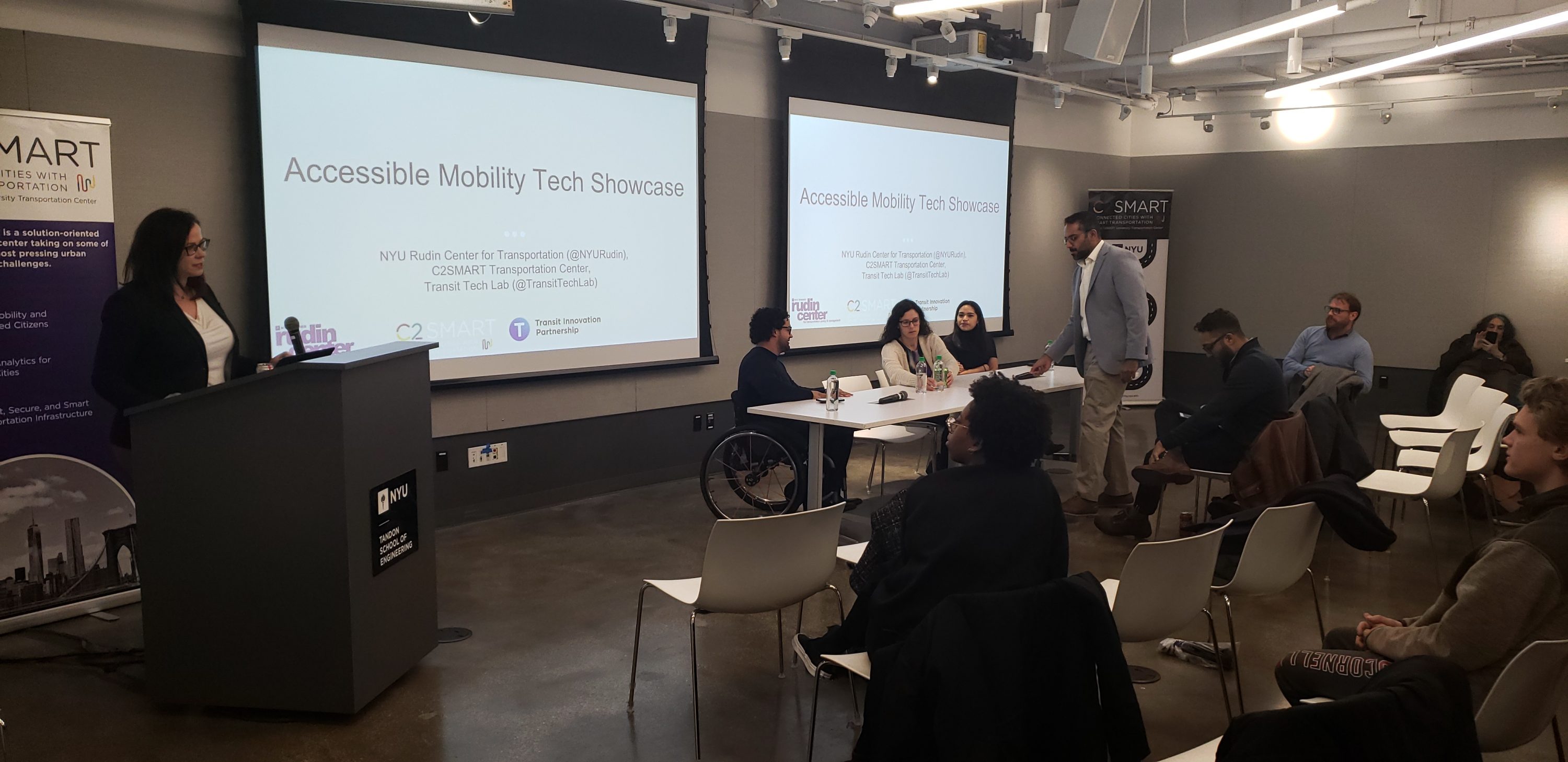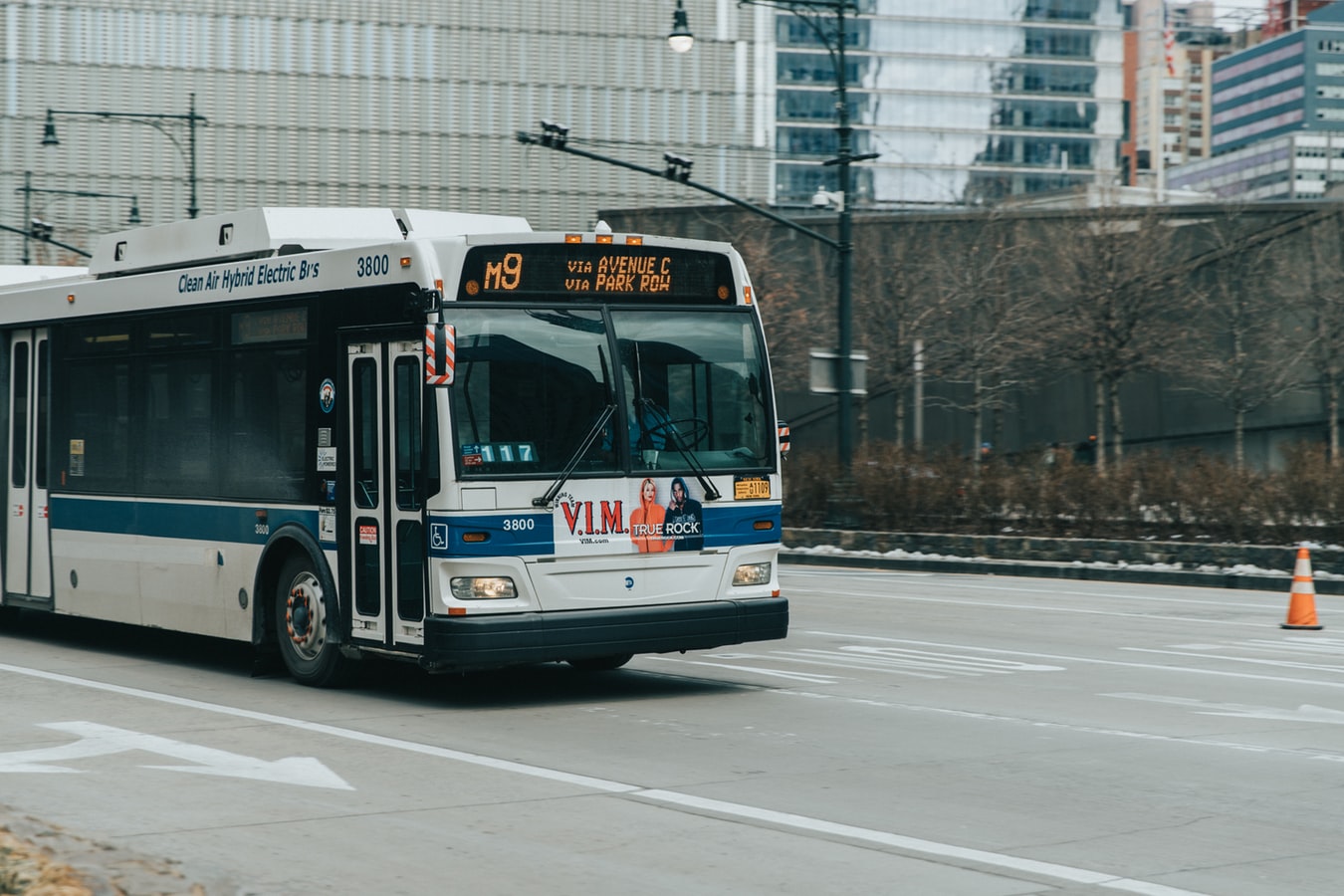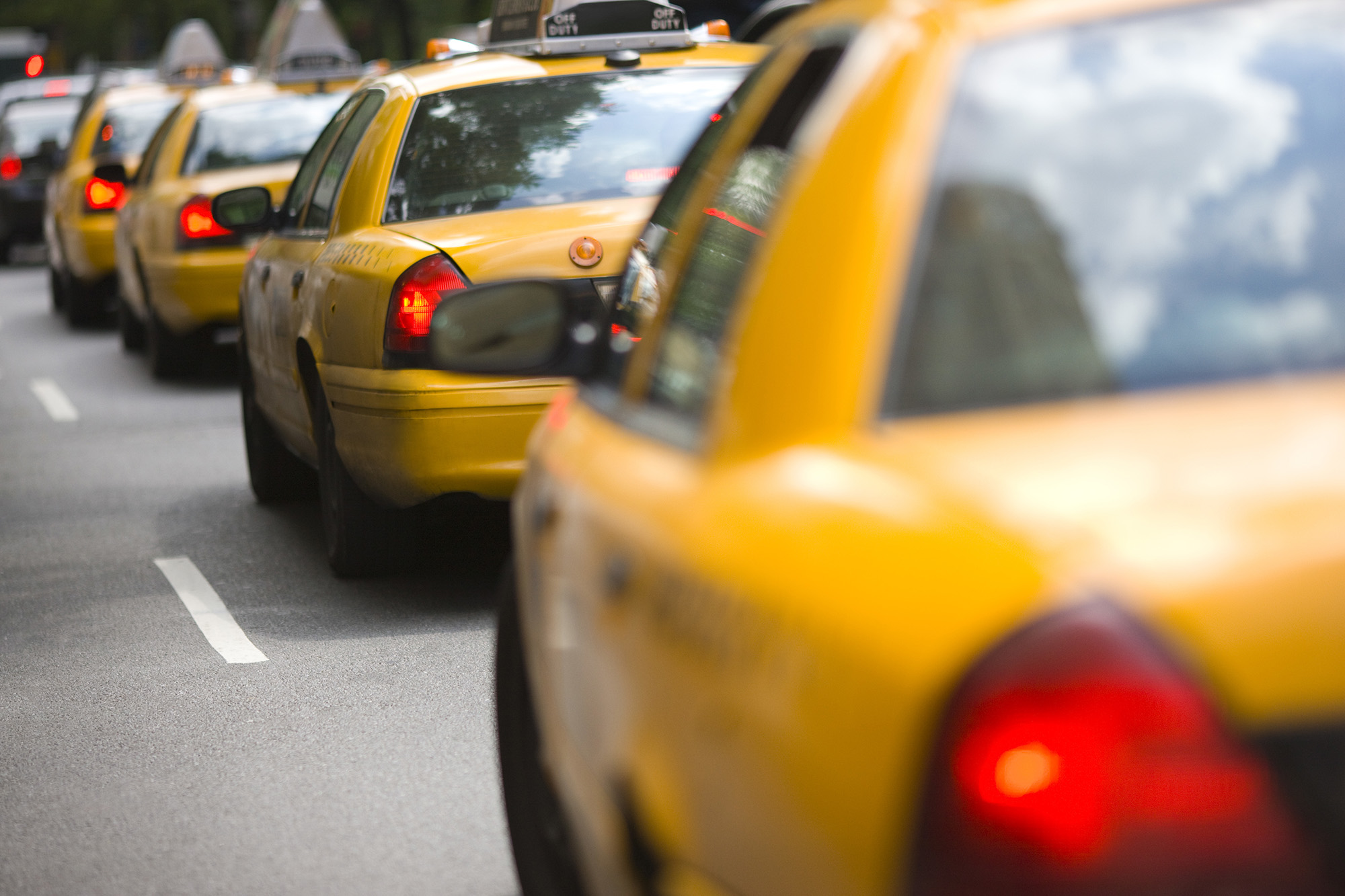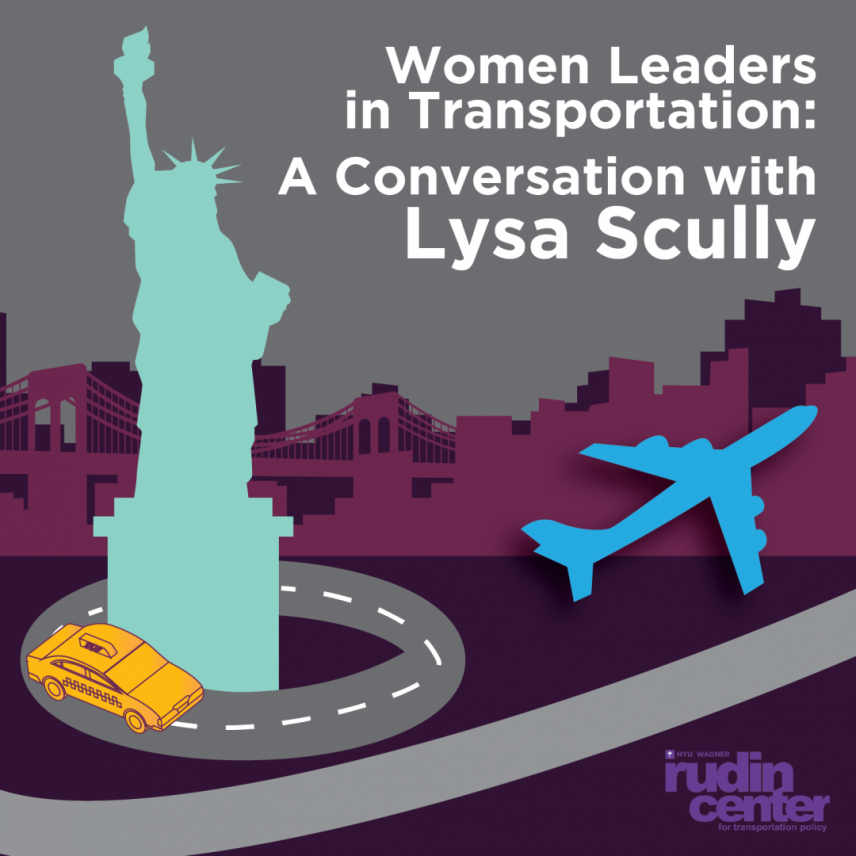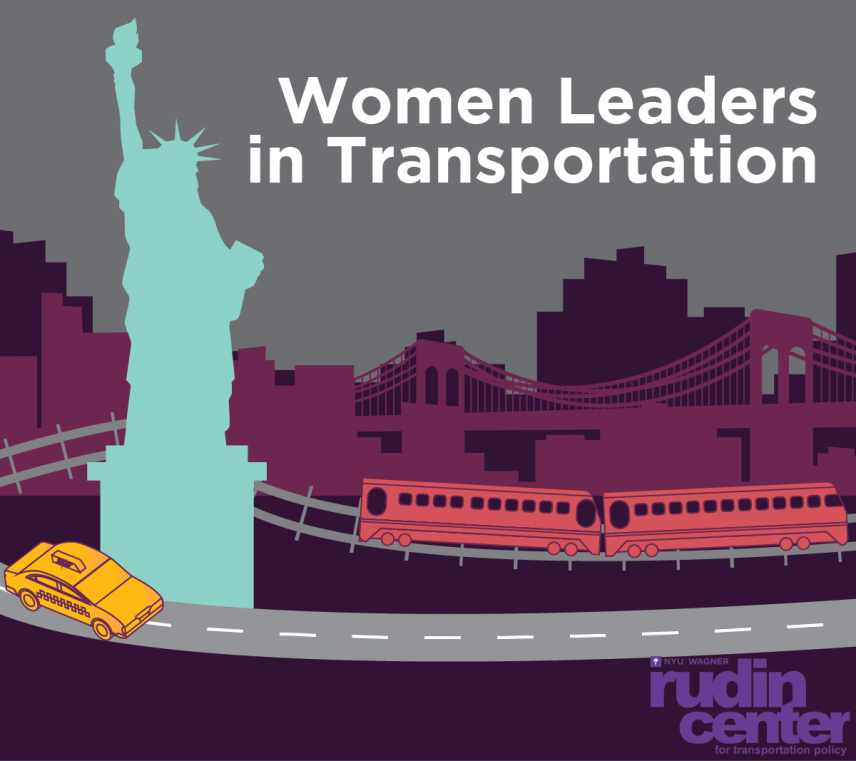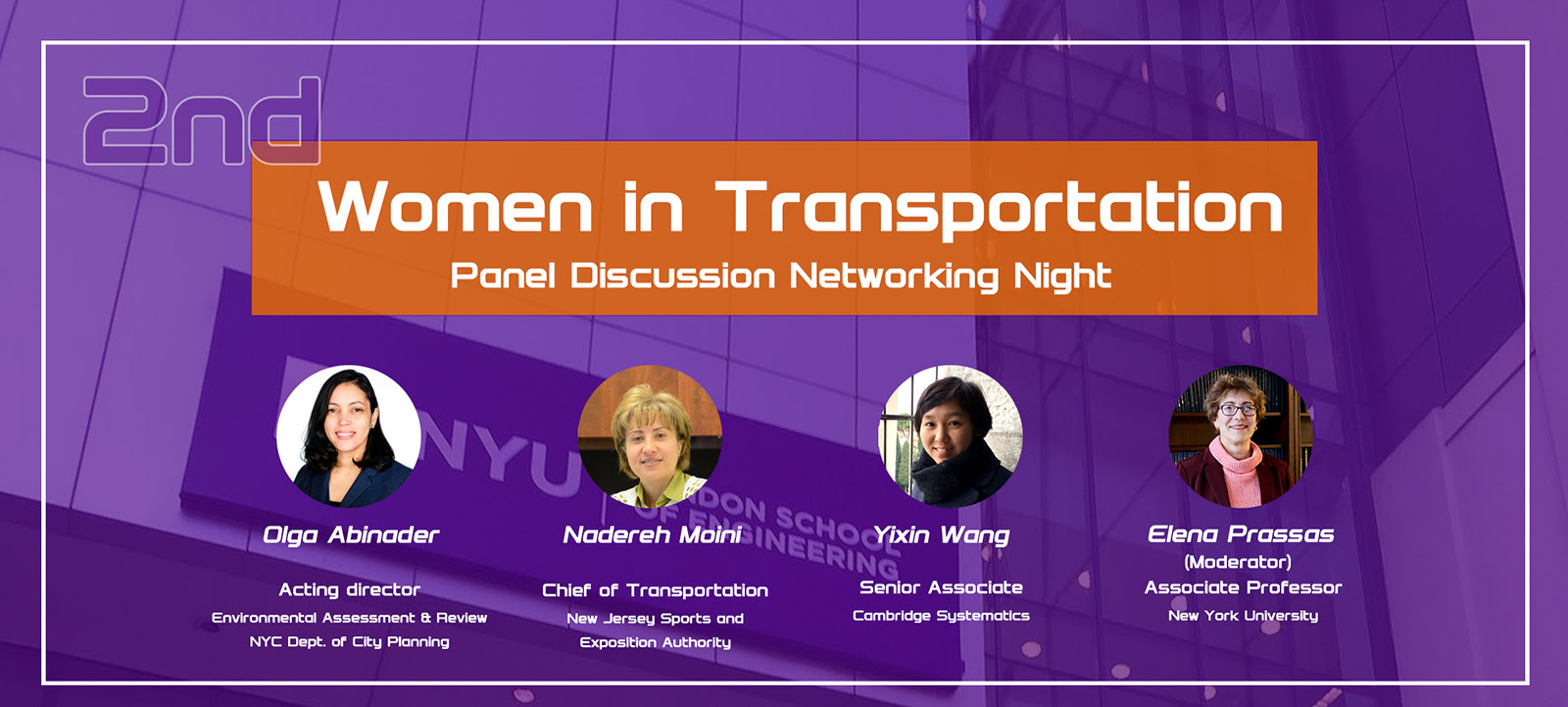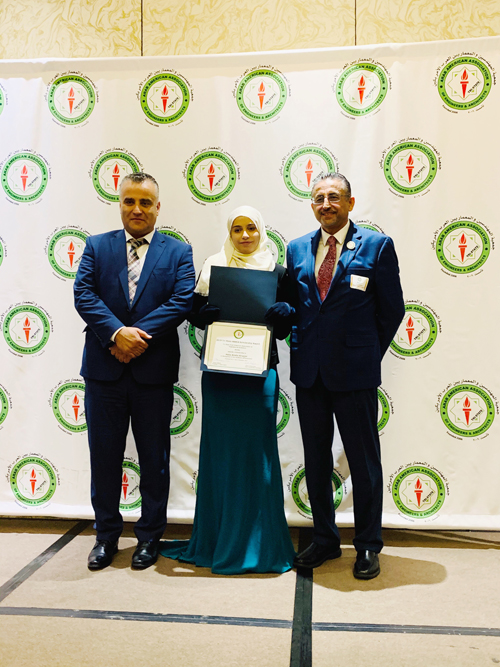Through this initiative, the Center aims to shed light on the specific difficulties some travelers face in cities, how these challenges impact their lives, and what cities and companies can do to make urban transportation safer and more accessible for everyone.
Individuals Affected
Aging Population
Seniors face mobility issues and lifestyle changes, such as switching from driving to using carpool, tax or fixed-route or demand-responsive public transportation.
Women
75% of female respondents in NYC reported experiencing harassment or theft on public transit, as opposed to 47% of men. The median extra cost of travel per month for women is estimated at $26-$50 compared to men in NYC.
People with Disabilities
Nearly 10% of New Yorkers have a disability and only 23% of the city’s subway stations have elevators. Almost 200,000 New Yorkers are blind, deaf-blind or partially sighted, while only 317 of signals are equipped with accessible pedestrian signals.

